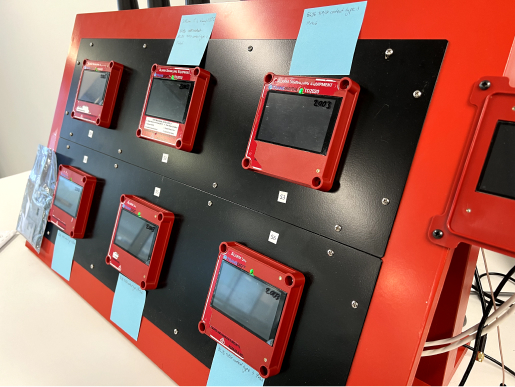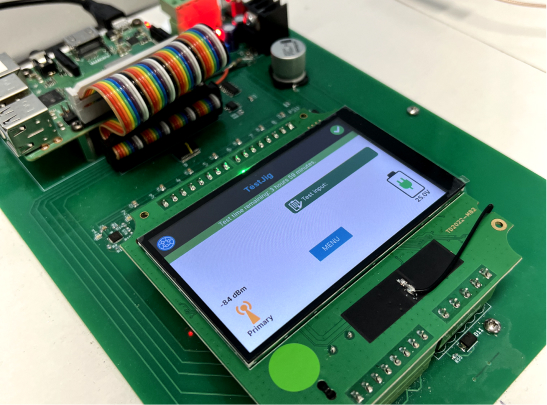Pioneer in fire service monitoring technology
After an extensive survey of the ASE national market, Telstra selected Transdigital as its preferred vendor for their Emergency Communications team to deliver industry leading fire monitoring for the South Australian Metropolitan Fire Service (SAMFS). With existing 3G services being shutdown, Telstra and SAMFS selected Transdigital as the provider of new ASE equipment for their state-wide fire monitoring service. SAMFS recognised the need to upgrade their existing system to improve their response times, reduce risks, and enhance the overall effectiveness of their operations.
The rollout included approximately 3,600 ASE devices installed throughout metro and regional South Australia and the use of our proprietary monitoring software – TransIoT. The system is used within the communications room at the regional and metro fire stations to monitor and co-ordinate responses to potentially life-threatening events.
Project overview
For several decades the South Australian Metropolitan Fire Service has been a leader in adopting new Alarm Signalling Equipment technology. As the ASE system is state wide, the MFS also coordinates implementation of new products and services with the Country Fire Service. Up to 2021, MFS had relied on conventional networking at its brigade headquarter with a dedicated communications centre equipped with racks of servers and routers. The monitoring was performed 24/7 with confirmed fire alarms being directed to the Computer Aided Despatch for notification to designated local brigade stations nearest to the alarm location.
The SA fire compliance requires all commercial and public buildings to have ASE fitted and operating on the MFS network. MFS monitoring covers 3,200 sites with expansion to 3,600 after 2024.
Telstra Corporation, Australia’s largest telco has been the prime contractor to MFS for ASE communications, products and services. In 2019 Telstra’s forward planning identified the retirement of 3G cellular services and aging incumbent ASE system as essential factors in a whole scale replacement project due to be completed before 2024.
Relevant criteria was to be readily accessible, use existing and future cellular LTE networks particularly low cost NB-IoT, improved system security, easy to install and maintain, improved display of device information, controlled user access, retro fit to many types of fire panels, monitoring to be readily distributed, independent of location infrastructure, free of specialist IT maintenance and to have access via mobile phone app. Service life of the ASE device was to be 7 to 10 years with over the air upgrades and continual evolution of the Transit Fire platform.
After an extensive survey of the ASE national market, in 2020 Telstra selected Transdigital as it preferred supplier for their Emergency Communications team to deliver industry leading fire monitoring technology. Transdigital’s new ASE solution offered the first cloud based platform to meet national certification and exceed MFS expectations.
The MFS ASE operation requires dual path telecoms in case of loss of a network connectivity. Telstra is the default priority path on NB-IoT (CAT M1) and Optus the secondary on 4G (CAT1). The TD2020 ASE support a modular board design permitting dual modems, dual sims and optional connectivity if required.
Telstra Team Purple as the project manager planned the schedule of supply to enable the transition of MFS from the incumbent ASE to the new Transdigital system. Compliant Communications Services of Adelaide was selected as the chief contractor for the transition work of removing old devices, installing and commissioning the new TD2020 across the state. The target was 3,200 installations before 2024.
Telstra Network Communications designed the dual path networking solution between the ASE device, the MQTT broker, the AWS cloud service and MFS. Supply of data sims and data subscriber plans was arranged by Telstra and VoIP for Optus. Cellular coverage for remote areas was confirmed by Telstra, some sites being up to 1,000kms distant from MFS.
Australian fire equipment regulations requires that new products undergo specialist testing to AS standards by CSIRO a world leader in fire testing. The new TD2020 was successfully award ActivFire certification in September 2021 with MFS formally accepting the Transdigital system at the time.



More case studies
